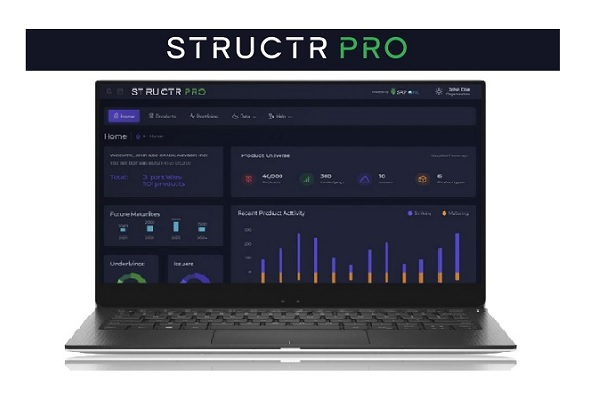In most retail structured products markets long dated products can be defined to be those longer than six years. There are certain features of long dated products that differ from the shorter or medium maturities and we shall consider them here.
The most logical product types to figure in the six year plus range are various flavours of principal protected and leveraged products. Reverse convertibles cannot generate enough yield to make them worthwhile over the longer maturity ranges.
Moving to eight years or more
In the UK market in recent years there have been some auto-callable products that are eight or ten years long. Auto-callables are a more complex case because there is only a reduced chance that they will run to the maximum or near maximum maturity. The motivation for such products is the same however, to offer better terms than can be achieved for shorter maturities.
In today’s low interest rate environment it is difficult to get principal protected products to look attractive even at moderate maturities therefore it makes sense to achieve better terms for a longer horizon. This is one of the main reasons to go for longer dated products. Not only is there extra pickup from exchanging a longer interest rate stream but most structured products fees’ are mostly made up of fixed fees from distributors and issuers therefore spreading these over a longer horizon is more cost effective. The same is true of most leverage type products. The participation rates that can be achieved are extremely compelling compared to shorter dated products.
Does ten year protection make sense?
Why would an investor prefer say ten year principal protection over five years? Investors do not usually want to lock up their money for excessively long periods of time but in some circumstances it may be appealing for them to have a long dated guarantee, such as when approaching retirement. Other uses of long dated products are for long term savings through insurance policies or pension plans. In some countries tax benefits or qualification for different treatment accrue in excess of certain maturity thresholds.
Just because principal protection is possible over ten years does not necessarily mean it is worth purchasing. The FTSE-100 and other major indices have gone through ten year periods showing losses, but historically it is a pretty rare event, the last ten year rolling period showing a loss finishing in February 2016. When one considers that a mutual fund tracker or ETF would pay a sizeable annual dividend yield then the chance of the index on a total return basis losing principal becomes even smaller.
Pricing issues
There are some other subtle considerations which come into play for long dated products. From a pricing point of view there tend to be significantly fewer issuers prepared to write options or fund for such long periods of time. The level of implied volatility tends to move away from the values seen at the five year mark and this is usually more due to supply and demand rather than necessarily reflecting market sentiment. This effect means that the there is some extra profit implicitly built in to compensate the bank for the risk and liquidity taken on. It is up to the distributor or adviser to make sure that the product needs to remain competitive.
From an investor point of view credit risk becomes very important because that it is being carried for a long period. Also it must be remembered that the credit assessment made at the time of investment (credit ratings, CDS levels etc) can change substantially over the lifetime of the product and that risk cannot be easily traded out of.
Another issue is the possible higher volatility of secondary market or portfolio values. In particular changes in interest rates or credit spreads are likely to cause a big move because of the sensitivity of the zero coupon bond price to these factors. Similarly an increase in the value of the underlying asset may not produce the expected gains in the value of the product.
Tags: Valuations Investment Lifecycle Structured Edge












